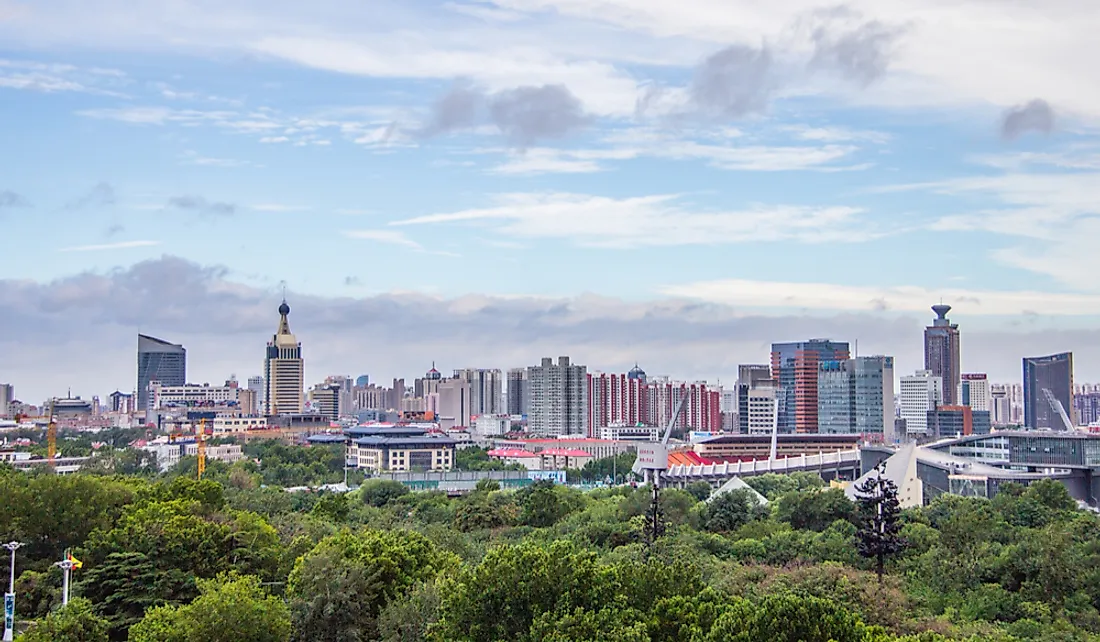What Is The Capital Of The Shandong Province Of China?

Shandong is among the 23 provinces in the People's Republic of China located in the eastern part of the country. Shandong is among the most populous provinces in the country and had a population of 95,793,065 people as of 2010. It is also among the most affluent provinces in the country with a GDP of about $967 billion in 2014 making it the third richest province in China. The capital of Shandong is the city of Jinan.
History of Shandong
Shandong has played a critical role in the history of China dating back to Yellow River early civilization. Shandong over its long history has served as a religious and cultural center of Confucianism, Taoism, and Chinese Buddhism. Mount Tai in Shandong province is among the most revered places in Taoism, and it is one of the religious sites with the longest and continuous use in the world. One of the foremost Buddhists locations in China is located in the southern part of the provincial capital of China. Similarly, Qufu city in Shandong province is famous as the birthplace of Confucius which was later turned into the center of Confucianism. The province of Shandong is located at the intersection of the modern and ancient trading routes which made the region a major economic center.
Provincial Capital: Jinan
Jinan is the provincial capital of Shandong, and the name Jinan is derived from the name Ji which refers to the Ji River that was flowing near the city until the mid-nineteenth century. The region of the present-day city of Jinan has been continuously inhabited for at least 4,000 years dating back to the Longshan period. The river vanished in the year 1852 when the course of the Yellow River altered taking over the Ji River. The city of Jinan has also been nicknamed the "Spring City" because there are about 72 artesian springs around the city. According to the census of 2010, the city of Jinan had a population of 6.8 million people. The city is divided into the inner city which has four districts, the inner suburbs, the outer suburbs, and the two rural counties. Jinan has one of the newest metro systems in the world with eleven stations connecting the western part of the city as of January 2019. Quancheng Square in central Jinan is one of the world's largest city squares.
The Economy of Jinan
The 1950s industrial plants were built within the city which includes iron and steel factories and chemical factories among others. In the early 1970s, the Sinotrack established its plant and the headquarters for the construction and manufacture of trucks vehicle within the city. Within the city of Jinan, there are more than 18 institutions of higher learning offering different courses. There are technology-intensive companies as well as heavy industries and textile industries located within the city. Different industrial zones have been established in the city which includes in Jinan Hi-Tech industrial development zone which was established in the 1990s. The industrial zone is found on the eastern side Jinan and spans an area of about 32 square miles which is further divided into three different regions of the central area which covers about 13 square miles, an export processing district which covers about 3.89 square miles and the eastern extension covering about 15 square miles. This city has attracted different international organizations such as the Volvo, Panasonic, LG, and Sanyo among many others.
Air Pollution in Jinan City
Pollution in the city of Jinan is one of the major problems like any other modern metropolitan city. In 2013, the city was one among ten most polluted cities in the world and it also ranked seventeen out of the most air-polluted cities in Asia.











